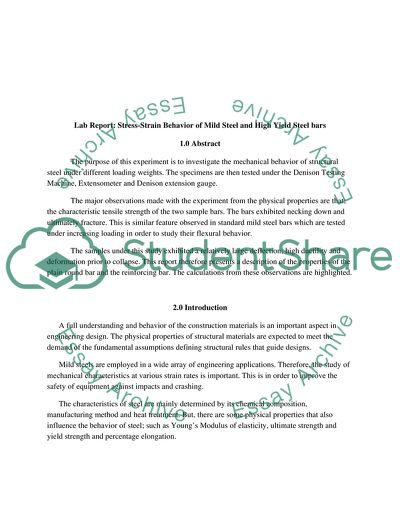Cite this document
(Lap report Lab Example | Topics and Well Written Essays - 1500 words, n.d.)
Lap report Lab Example | Topics and Well Written Essays - 1500 words. https://studentshare.org/engineering-and-construction/1864964-lap-report
Lap report Lab Example | Topics and Well Written Essays - 1500 words. https://studentshare.org/engineering-and-construction/1864964-lap-report
(Lap Report Lab Example | Topics and Well Written Essays - 1500 Words)
Lap Report Lab Example | Topics and Well Written Essays - 1500 Words. https://studentshare.org/engineering-and-construction/1864964-lap-report.
Lap Report Lab Example | Topics and Well Written Essays - 1500 Words. https://studentshare.org/engineering-and-construction/1864964-lap-report.
“Lap Report Lab Example | Topics and Well Written Essays - 1500 Words”. https://studentshare.org/engineering-and-construction/1864964-lap-report.


